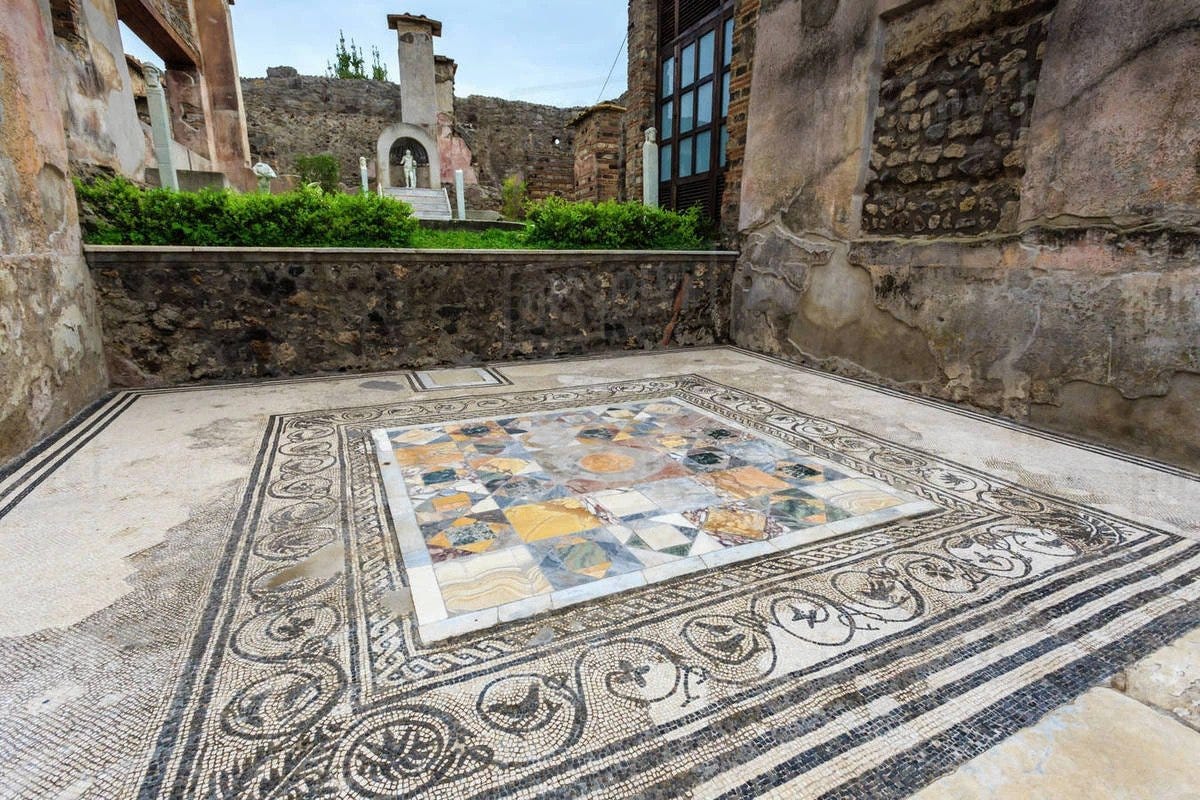
Dear Classical Wisdom Reader,
I really think it’s an overused word these days.
We throw around the word ‘iconic’ so much that it seems as if its meaning has been diluted somewhat, if not worn out altogether.
Yet, in today’s case, I think it’s use is justified.
After all, there’s few events in the ancient world more famous than the eruption of Mt. Vesuvius, and it’s paradoxical destruction yet preservation of Pompeii.
And the mosaics that survived the volcano truly deserve the word iconic.
It’s through these works that we can gain insight into not only the daily life of Pompeii itself, but also the wider ancient world: a glimpse of Alexander the Great in the heat of battle, in a mosaic created not long after the events depicted, or Plato at rest at the Academy.
Of course, alongside the grandeur always lies the human and the everyday. One of Pompeii’s most famous mosaics is the “Cave Canem” piece, which essentially functions as a “Beware of the Dog” sign!
So we don’t know what parts of normal life may some far-off day take on an otherworldly glamour. Whether it’s today’s warning signs, food stalls, or just people going about their daily business, in the fullness of time, they may all seem as evocative as those on the ancient streets of Pompeii.
Maybe iconic things really are all around us after all…
All the best,
Sean Kelly
Managing Editor
Classical Wisdom
The Epics Collection The Iliad…The Odyssey… The Aeneid… Become a Member and access our exclusive e-book featuring highlights from literature’s greatest epics with bonus commentary.
Frozen by Fire: The Art of Pompeii
By Jocelyn Hitchcock
The Pompeii Mosaics: The Volcano Erupts
For nearly 2000 years Pompeii and its destruction has captivated the minds of historians, archaeologists, and tourists alike. Although lost beneath rubble until being rediscovered in 1748, writings from Pliny the Younger clued us in to a massive volcanic eruption that shook the Bay of Naples. The date of the Mount Vesuvius eruption is generally 79 CE, though recently research has been carried out to refine this date, even down to the exact day.
The volcano erupted and layered the Bay of Naples, especially Pompeii, in a thick layer of ash and debris, acting as a preservation blanket over the people, buildings, and material of the site. Because of the chemical makeup of the volcanic ash and its special properties, what archaeologists have uncovered in the past 250 years is nothing short of a completely intact, Roman city at the height of the Roman Empire. While much ink has been spilled on the impressive preservation and casts of bodies, the mosaics from Pompeii are equally as stunning and deserve an in-depth look of their own.
Mosaics are common installations on floors depicting either geometric or figurative motifs. They are constructed using small pieces of stone, tile, glass, or enamel in very refined and deliberate ways. Originally being simple geometric motifs like meanders, artists were able to refine the craft to depict battle scenes, animals, and distinguishable human faces. Mosaics are found throughout the ancient world, but the Pompeii mosaics are par to none.
The Alexander Mosaic
Perhaps the most famous of the Pompeii mosaics is the so-called Alexander Mosaic. Found during excavation at Pompeii in 1831, the mosaic depicts the Battle of Issus between Alexander the Great and king Darius III of Persia in 333 BCE, although some argue that it actually shows the Battle of Gaugamela in 331, but between the same actors.
The date of the mosaic fluctuates between the 3rd century BC and late 4th century, very soon after the battles would have taken place. The mosaic measures 5.82 by 3.13 meters and is located in the House of the Faun. The mosaic shows two armies in the middle of battle, Alexander and his troops coming from the left side of the installations (and poorly preserved, unfortunately), and Darius and the Persians on the right (incredibly preserved in detail). The spears and shields of the Persian army are raised in attack, while several horses are shown in gallop. A blonde commander rides on a horse on the left side and it is commonly thought to be Alexander himself.
The Plato’s Academy Mosaic
Another near perfectly preserved mosaic is the Plato’s Academy mosaic. Dating to sometime in the 1st century BCE or right before the eruption itself, this mosaic is situated in the villa of T. Siminius Stephanus. In the mosaic there are a group of seven men. It is assumed that Plato is at the helm, although accurately designating one of the figures as Plato is near impossible; there is no distinguishing factor of rank represented. Some scholars such as G.W. Elderkin have suggested that the seven men depicted are not part of a philosophical school, but rather a reference to the Seven Sages of ancient Greece (Thales, Pittacus, Bias, Solon, Cleobulus, Myson, and Cheilon).
Athens is shown in the background, as well as a sundial and a gate, which is suggested to be the Dipylon Gate based on the bronze amphora at the top. The border of the mosaic contains repeated patterns of bunched fruits and leaves with eight different theatrical masks interspersed evenly throughout.
The Cave Canem Mosaic
Perhaps one of the more interesting mosaics to a modern audience is the Cave Canem mosaic, or “Beware of the dog.” The finely preserved mosaic was placed at the entrance of the House of the Tragic Poet. A highly realistic dog, shown in active motion like it is preparing to pounce, baring teeth and with a chain and collar around its neck, is superimposed over a backdrop of repetitive diamonds, and bears the words very clearly in Latin “CAVE CANEM.” This is the first thing that visitors would have encountered upon entering the house, and it is not unlike any modern sign hung on a fence or door claiming the same thing.
While these three are not the only mosaics preserved at Pompeii, they are certainly some of the more interesting and stimulating. Mosaic installations were incredibly common forms of decoration, but it is rare that we see this level of near immaculate preservation. Looking at these mosaics allows us to see the artistic interests of the occupants at the time and what themes were important to their daily life. Current excavations at Pompeii are still unearthing architectural elements like balconies and allies, as well as bodies, frescoes, inscriptions and mosaics- shedding more invaluable light onto daily life in the Roman Empire.
Más info en https://ift.tt/Aol6T15 / Tfno. & WA 607725547 Centro MENADEL (Frasco Martín) Psicología Clínica y Tradicional en Mijas. #Menadel #Psicología #Clínica #Tradicional #MijasPueblo
*No suscribimos necesariamente las opiniones o artículos aquí compartidos. No todo es lo que parece.

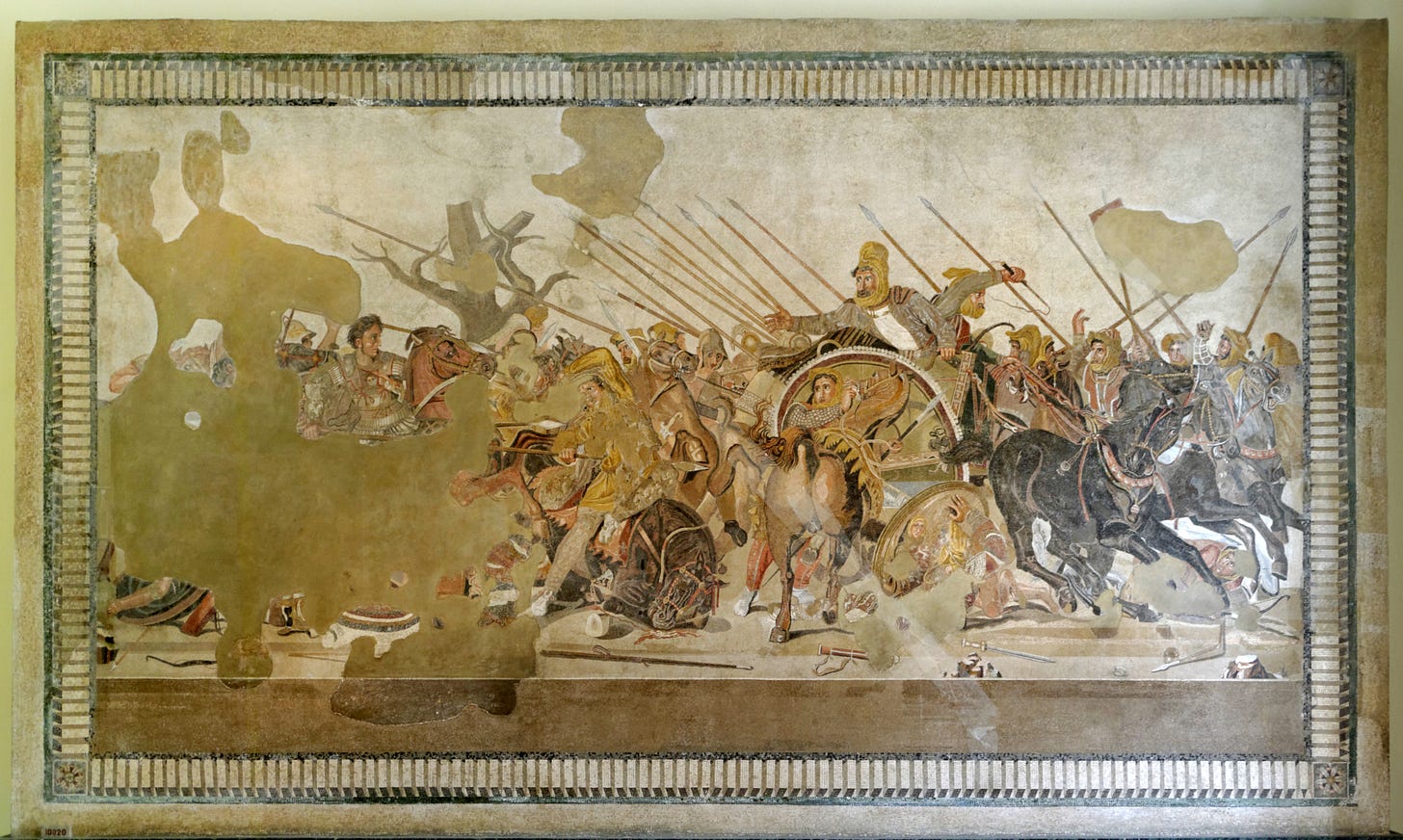
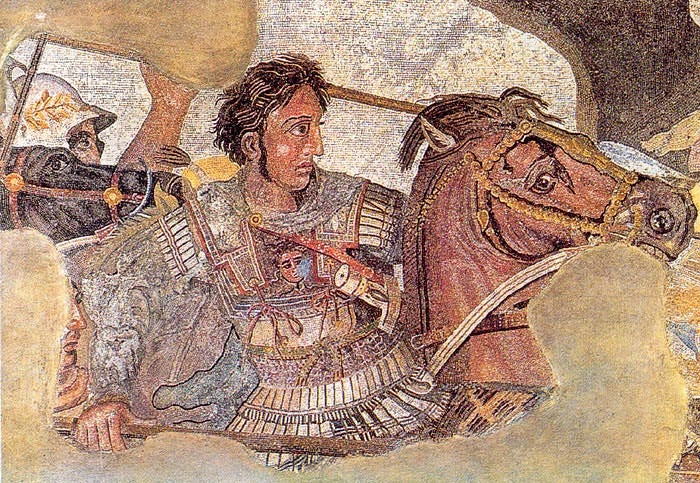
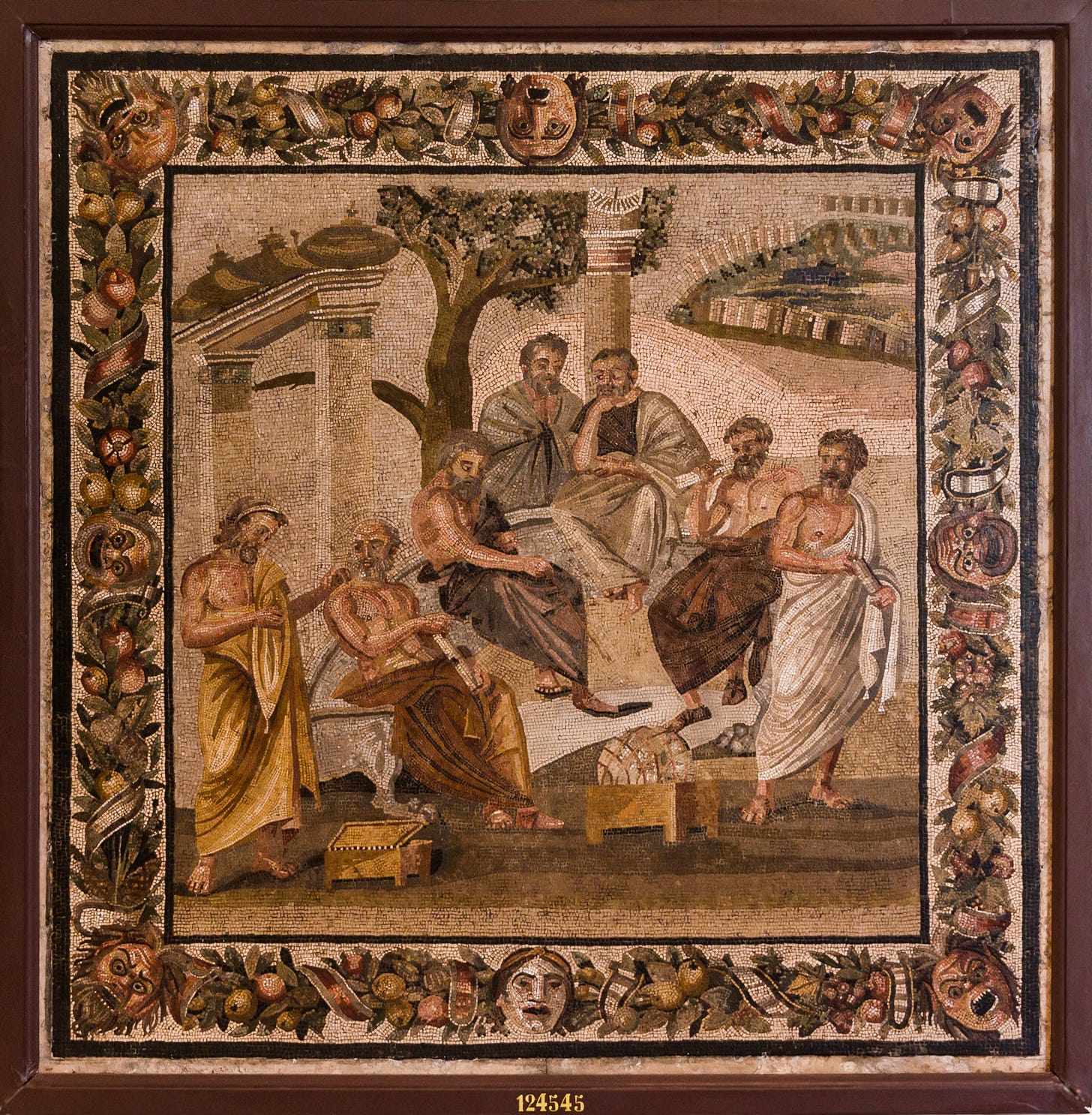
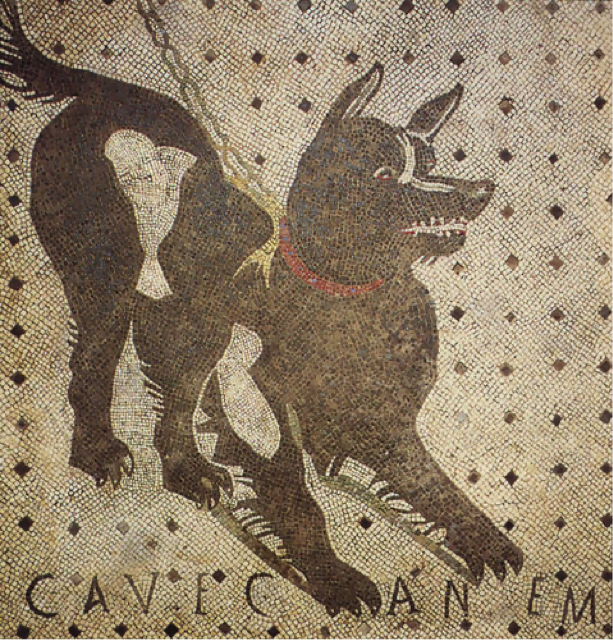
No hay comentarios:
Publicar un comentario